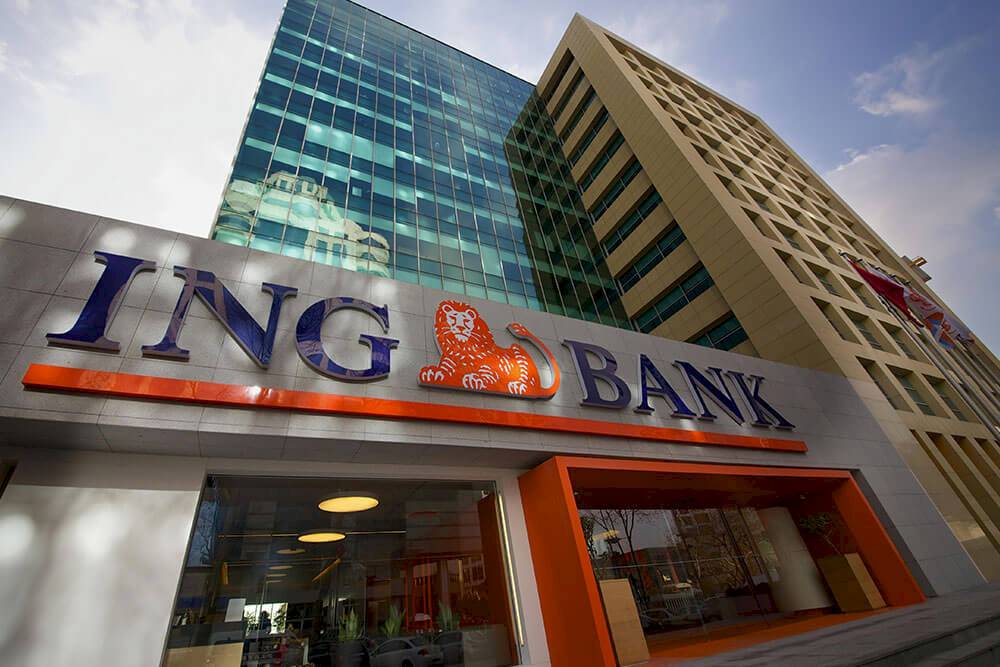
An Agile Blueprint For Effective Strategy Execution At ING Group
Today’s banking customers are more demanding than ever. With the proliferation of smartphones and customer-friendly apps, many have grown to expect omni-channel experiences, personalized services and real-time interactions from their financial institutions.
By Forbes Insights
Today’s banking customers are more demanding than ever. With the proliferation of smartphones and customer-friendly apps, many have grown to expect omni-channel experiences, personalized services and real-time interactions from their financial institutions.
All of this created a dilemma for ING Group back in 2015. Limited by traditional processes and siloed departments, the Dutch banking group needed a way to react fast to changes in customer expectations and regulatory requirements and adopt an accelerating, high-performance delivery rhythm, according to Dina Matta, head of the Global Transformation Office at ING.
"As you empower people by being clear on a strategy’s purpose, and empower teams to participate in the decision-making process, they have a lot more ownership [and] a more direct impact on business performance and strategy execution."
Dina Matta
Head of the Global Transformation Office at ING
As a result, ING began monitoring the market landscape for success stories. “We took a very strong look at the technology industry, which rivaled everybody else in terms of providing a superior customer experience and faster time to market.” Inspired by the adaptability of companies like Netflix, Google and Spotify, ING launched “One Way of Working”—a strategy that incorporates the principles of “agile” methodology to improve flexibility, innovate faster with shorter time to market, minimize handovers, and provide employees with greater freedom and responsibility than in a traditional company approach.
But shifting from a traditional model to an agile approach required a new organizational structure. In response, ING created 350 nine-person squads—self-directed and autonomous teams comprising representatives from various functions, from marketing to IT. These small teams have end-to-end responsibility for specific, customer-focused projects. At the end of a project, squads are disbanded, and the members arrange to work in other squads.
Collections of squads, totaling no more than 150 people, are called tribes, and are united in a common purpose. For example, within the payments tribe, employees may work on credit cards, payments and merchant payment solutions for Dutch and Belgian retail and wholesale banking customers.
A task for a single squad may include helping hundreds of clients migrate from a Dutch process to a newer European bank reporting format that allows for more consistent sharing of information. By “empowering squads and giving them the tools to actually participate in decision making,” Matta says, ING has improved time to market, boosted employee engagement and increased productivity. Customer-satisfaction and employee-engagement scores are also up multiple points.
Download and read the full case study.
Published on 4 December 2018, by Forbes